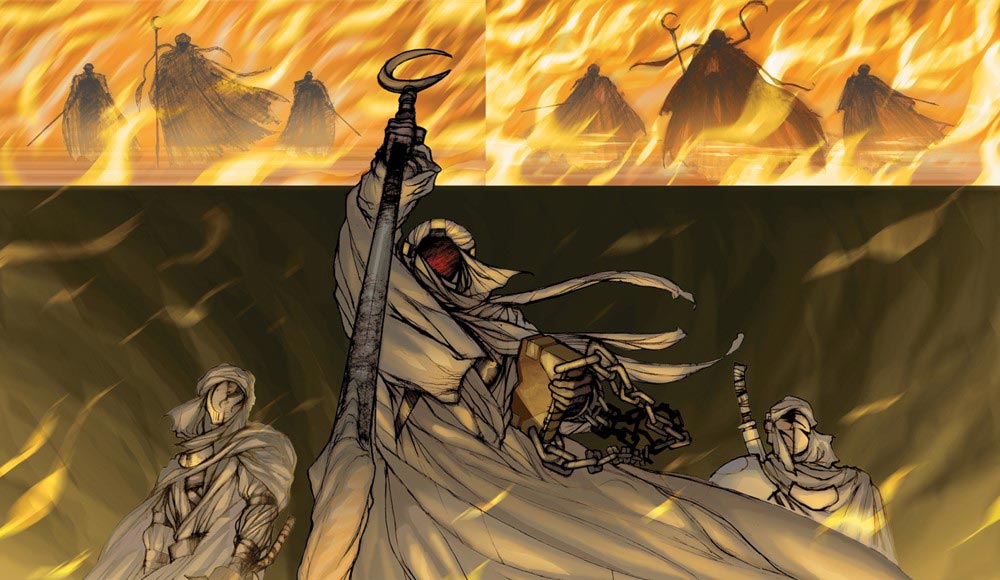
Following The Red Star – Acclaim’s Last Stab at Making a Masterpiece
This is one of a few pieces on this site rescued from the digital scrapheap, originally published for a site that’s no longer online. I’ll begrudgingly remove if any shadowy publishing types compel me to relinquish what’s rightfully theirs, despite having unceremoniously binned it themselves, but come on. That’d just be silly.
It’s presented as is, so you’ll have to forgive any outdated references or generally shoddy writing.
–
Sometime in 2007, while perusing the already-dwindling PlayStation 2 selection at my local GAME store, I found something special. It was a game called The Red Star, and from the back of the box I couldn’t really figure out what it was. A quote from Eurogamer described it as “a cross between Streets of Rage and Ikaruga,” but I hadn’t played either.
All I could conclude was that The Red Star took place in a USSR-inspired parallel universe, based on a comic series I’d never heard of, and that it was a low-budget production. The latter was the usual explanation for a new PS2 game dropping out of nowhere, price already slashed to £5, while all those around it focused on newer consoles.
I took a punt on this unknown quantity, and it was a great choice. The design felt incredibly tight, switching on-the-fly between scrolling beat-’em-up and frenzied, pattern-learning arcade shooter in a way that felt congruous and satisfying. It was an excellent smooshing together of genres, and certainly in a different league to your typical budget fare.
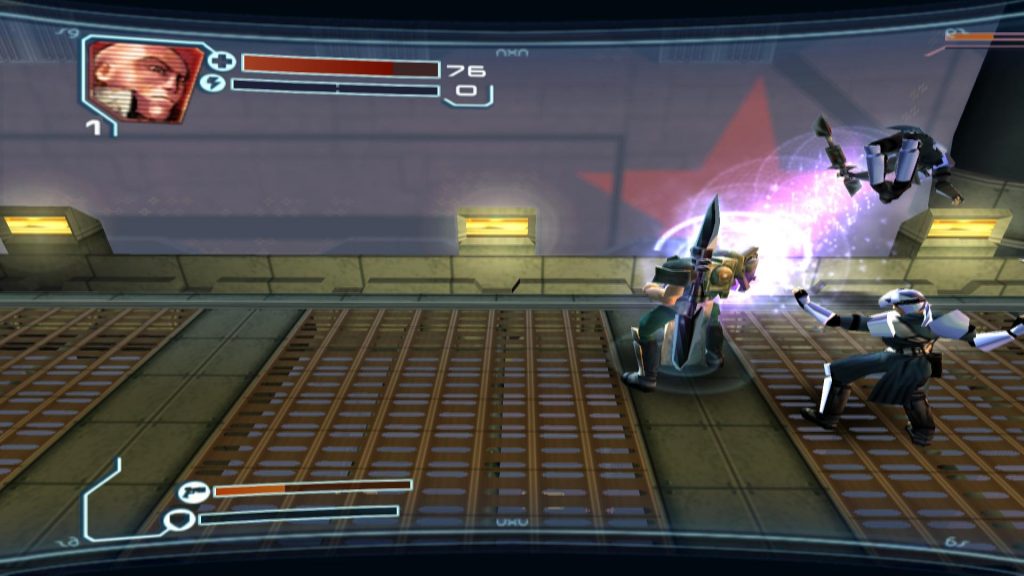
Years later, I finally found out why. The Red Star wasn’t a budget title at all, but one of the flagship games being developed at Acclaim’s Austin studio. It shouldn’t have been so late to the party, either: it was completed and effectively ready to ship in 2004, three years before it saw release. So what happened?
Acclaim never had the best of reputations. Ray Peña had been at the Austin studio since 1998, and knew this full well. “Through most of its life, Acclaim was known as kind of a lousy developer,” Peña says. “It took licenses, and then just sort of profited off them.” The critically-panned South Park: Chef’s Luv Shack was one such example of Acclaim Austin’s work.
“There were a few gems,” Peña adds. “Turok was amazing, we thought, but they milked that dry and it became a bad franchise eventually. The reason I’m telling you this is that at some point, we were at this turning point in the studio where we wanted to start creating more original content.”
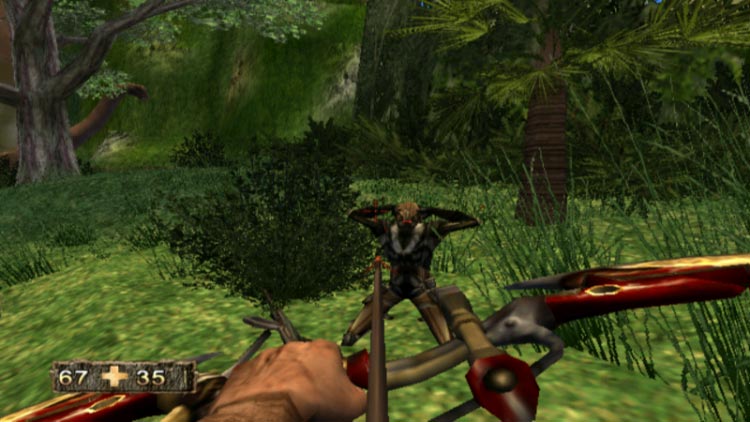
Turok Evolution
The 3D platformer Vexx was a rare example of an original IP from Acclaim, developed by the Austin studio and released in 2003. But the company remained wedded to the licensing model that had served it so well, particularly in its 90s heyday. Even Turok, arguably the firm’s biggest and most lasting success, had emerged from an existing property, with the original comic license snapped up with the purchase (and subsequent rebranding, as Acclaim Comics) of Valiant Comics in 1994.
It was felt that returning to this strategy of signing up lesser-known properties with strong potential, and moving away from the South Parks and Mary-Kate and Ashleys of the world, would be conducive to both the tightening of belts and improving Acclaim’s credibility. And so it was that Acclaim secured the licenses to adapt highly-rated comic series’ The Red Star and 100 Bullets into video games.
Both were developed at the Austin studio, where Ray Peña took the role of art lead on The Red Star. He remembers a feeling of liberation among a team that had been hitherto shackled to projects they had little faith in. “We all went out and bought the comics, as soon as we got the license,” Peña recalls. “It was very enjoyable. I’d worked on a couple of Turok projects, and we made the best of it while we could, but this was definitely refreshing when we got involved in it.”
Leading the design team was Stephen Dupree, a young and precociously talented designer with a breadth of retro influences that belied his age. “He referenced a lot of games that even I wasn’t familiar with,” says Peña. “And I considered myself at that time a pretty hardcore gamer.” Dupree would later end up at Retro Studios, where he led design on Donkey Kong Country: Tropical Freeze.
Marshall Gause worked under Dupree as a designer on The Red Star, and he tells me that the die was cast pretty early on in terms of the game’s retro style. With the help of a “sweet and powerful” level editor, developed in-house, which allowed for designers to quickly and simply prototype using existing assets, Dupree and Assistant Lead Designer Peter Ong had put together a Smash TV-style top-down shooter using assets from Vexx and Turok: Evolution.
“Between them, they were able to scavenge assets and use their scripting ability to create this really tight little game,” Gause explains. And when talks with The Red Star creator Christian Gossett began to develop, there was a “chocolate and peanut butter moment” – the prototype and the license just clicked.
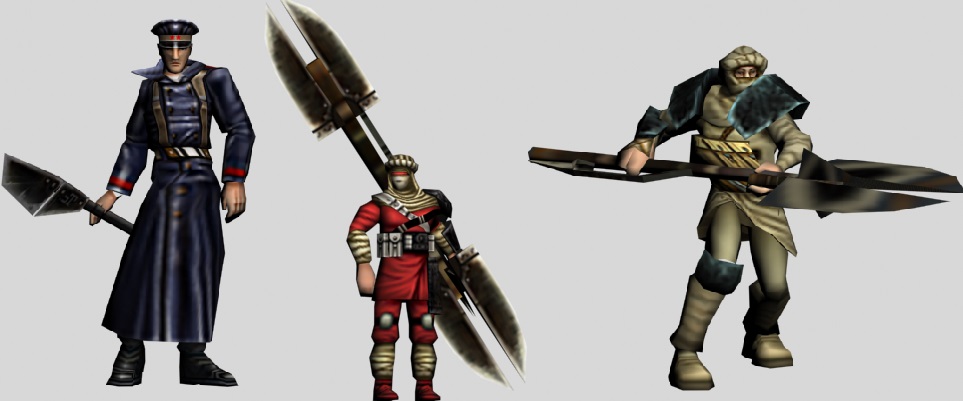
The project progressed quickly, and while Peña describes the period as being “high-stress,” it was mostly self-imposed. “We wanted it to become something unexpected,” he says. “Better than people thought we were capable of.” Gause agrees, adding that “the team was just firing on all cylinders.”
By Summer 2004, the game was all but wrapped up. Demos had featured in the official PlayStation and Xbox magazines, and Acclaim had even hosted a press junket for the game. It looked like a relatively straightforward road ahead to the game’s scheduled release that Autumn, despite worrying noises filtering down from the New York office.
“I don’t know all the details of what was going on at a corporate level, but I think there had been a tradition of fast-and-loose bookkeeping,” Gause remembers. The game was finally finished, with many team members about to take holidays. The sense that all was not well was by now palpable among the ground-level employees, but the team held out hope that – whatever was going on with the suits – The Red Star could be the start of a revival.
Peña remembers the day that hope disintegrated: “They literally locked the doors to our offices, and we couldn’t get in,” he says. “We had to wait about a month and a half to go in and get our things, and there were security guards… it was pretty nuts.”
Acclaim filed for Chapter 7 bankruptcy on August 30, 2004. The company had a reported debt of around $100 million, and its assets were swiftly liquidated. All of the games and licenses it owned were either sold, or sat there waiting for a buyer.
“I agree with Ray: it’s one of the projects I’m most proud of,” Gause reflects. But Gause also had faith that, by hook or by crook, The Red Star would get out.
“I’ve been on other projects that got mothballed, or didn’t ship, and none of them had the same inevitability to them,” Gause says. “It was like, ‘okay, that project kind of sucked so I can see why it didn’t come out.’ This was not the case with this game at all.”
And it did come out, eventually – two and half years later than originally scheduled, after budget publisher XS Games finally snapped up the rights. After so long, the euphoria of seeing it on shelves had faded somewhat. Peña recalls buying a few copies from a supermarket bargain bin. “At that point, I was kind of over it,” he says. “I knew it wasn’t going to sell, I knew there was going to be no marketing whatsoever.”
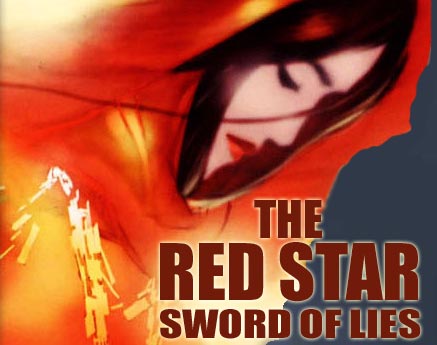
Despite all this, some people did notice the game’s arrival. In a peculiar quirk of fate, Marshall Gause – by now creative director at an independent developer called Buzz Monkey Studios – sat in a meeting with a publishing exec who seemed interested in discussing nothing but The Red Star. Gause was encouraged to draw up a design document, which he shows me. The proposed game was called The Red Star: Sword of Lies, a sword and gunplay driven action game for the Nintendo Wii with a far more fleshed-out narrative than the original game.
Once again, financial and market realities struck. As a third-party indie studio living “hand-to-mouth,” Buzz Monkey had to switch its focus to a more immediately bankable project. That project turned out to be Tony Hawk: Ride, and Sword of Lies went no further.
It could have been different for The Red Star. Such was the level of passion and togetherness among the original team, there were suggestions that they might continue to market themselves as a collective after Acclaim’s bankruptcy. Indeed, were this happening in 2014 and not 2004, The Red Star could have been the origin story for a team of indie superheroes. Instead, scrabbling to deal with the aftereffects of Acclaim’s unpaid wages, and unsure how to secure funding for such an endeavour, the team scattered to new jobs in new cities.
“I didn’t really expect it to be what it became,” Peña ends. “And to see it come together over that 18 months was really cool. Maybe the timing wasn’t right, maybe we weren’t in the right era. Who knows – if we would have been, it could’ve worked out great.”
“I did like working with that team, and we put something special together.”
